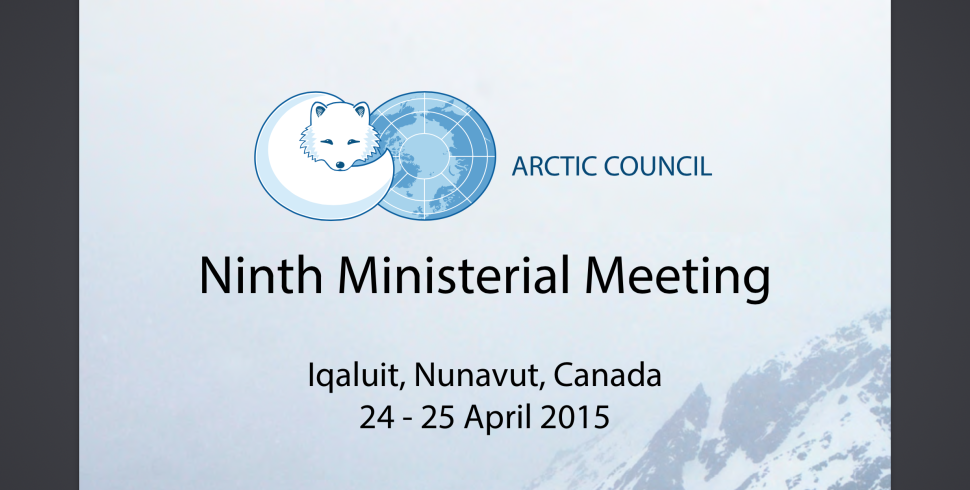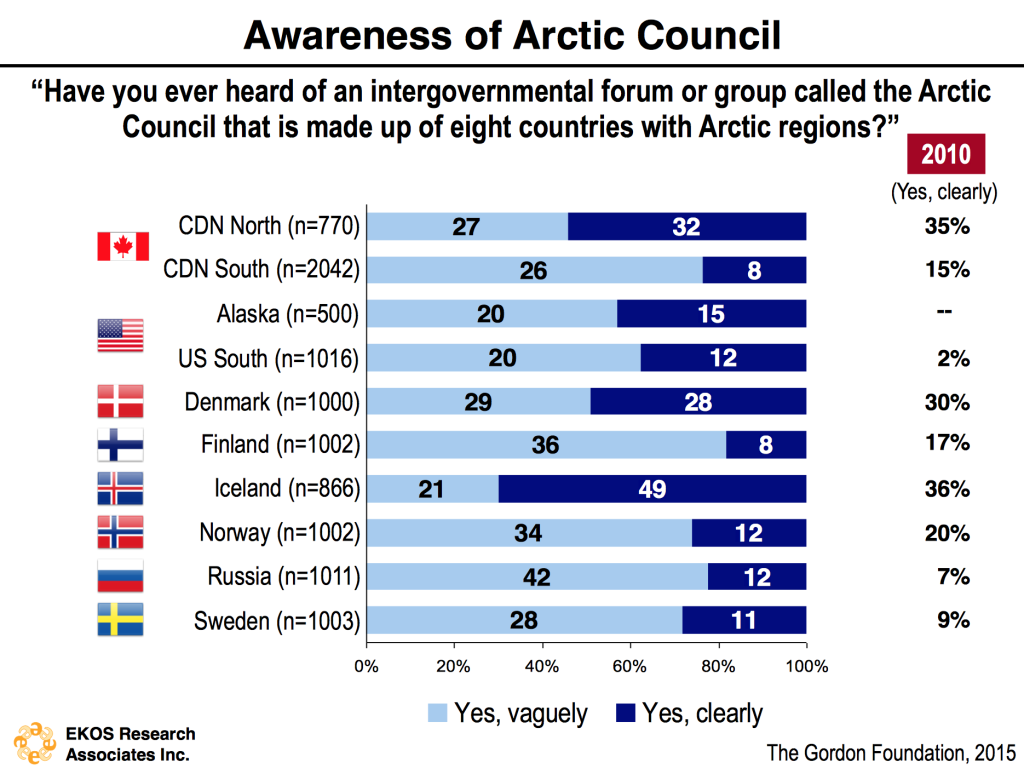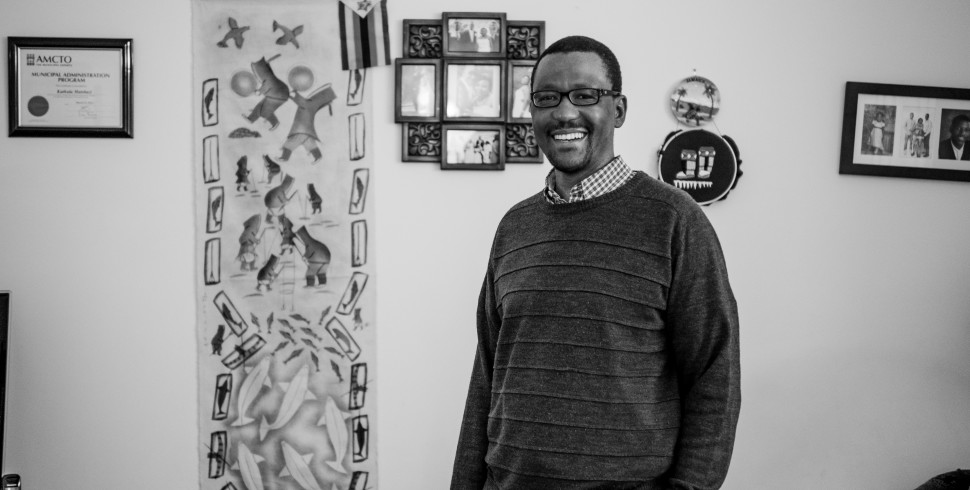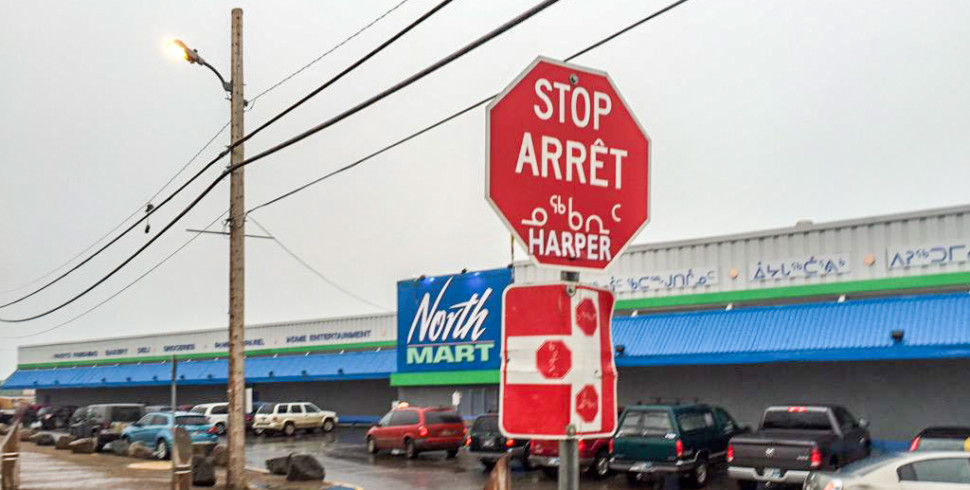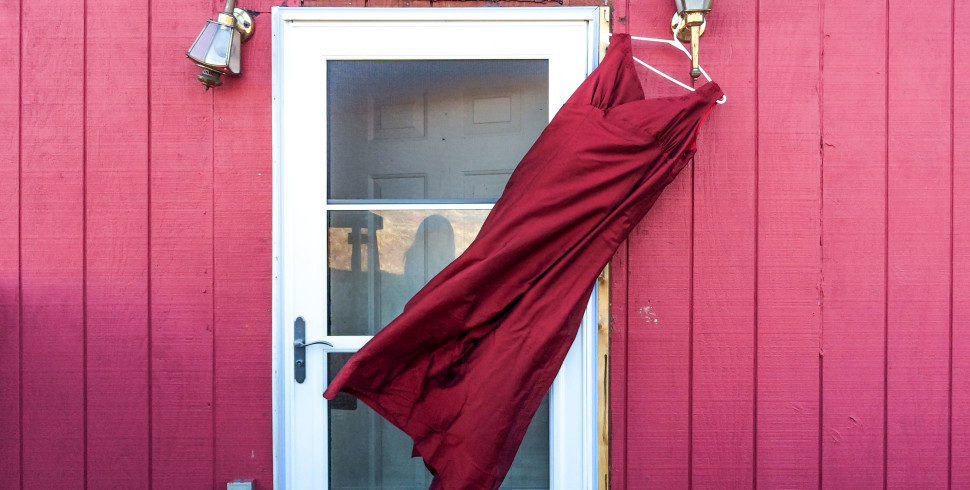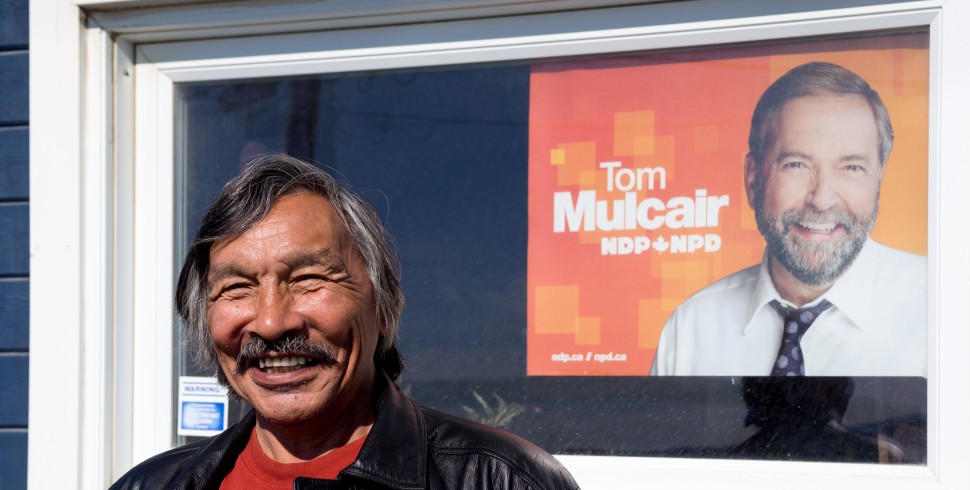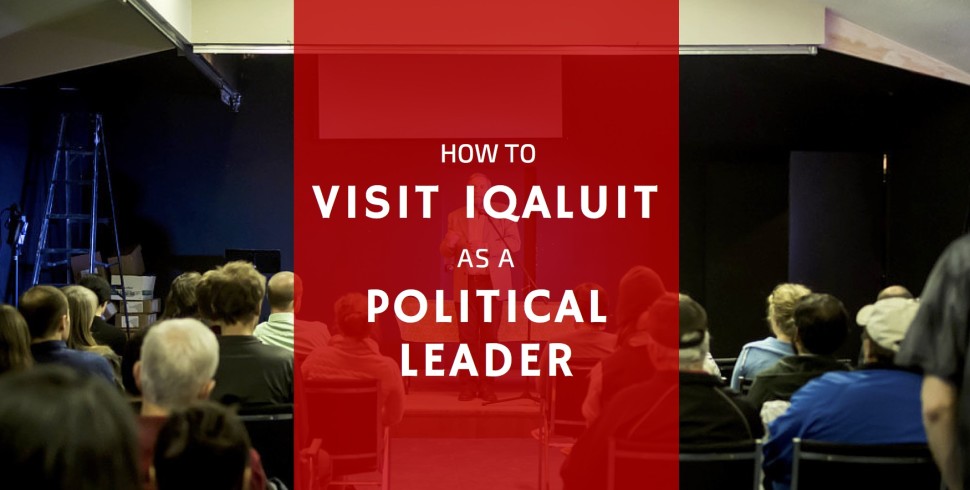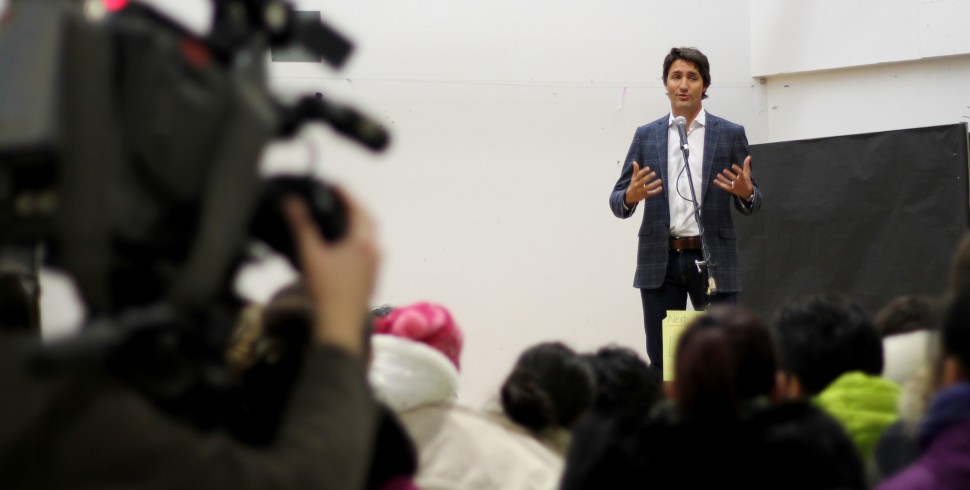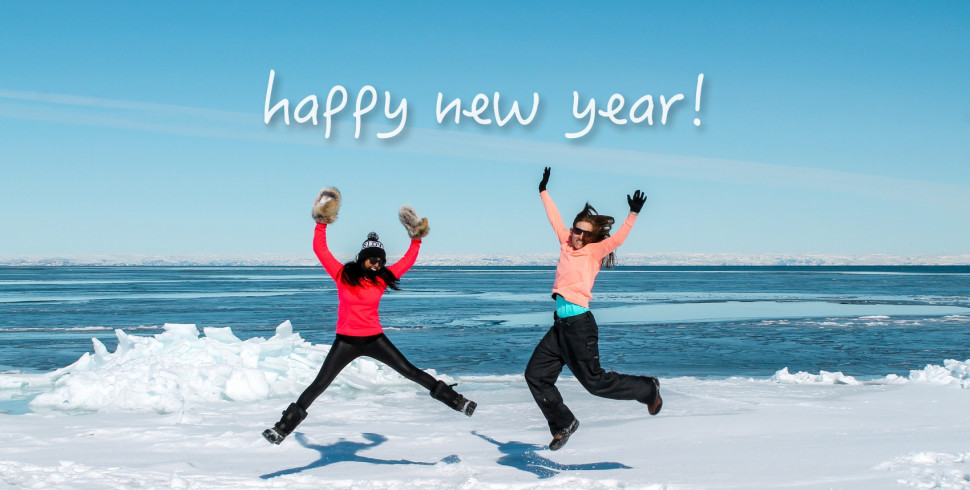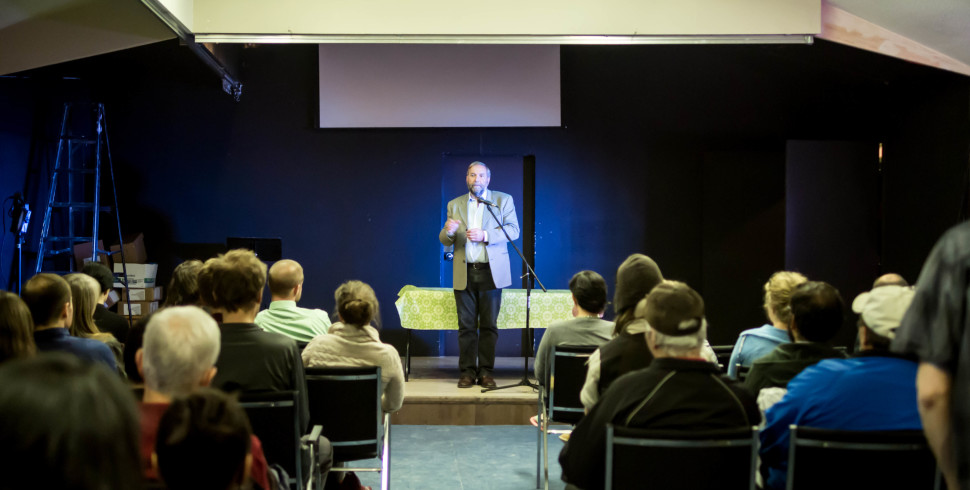By now, you have probably heard that the Arctic Council is coming to Iqaluit. The Ninth Ministerial Meeting is happening today, Friday, April 24, 2015, at the Legislative Assembly Building. There are a number of notable delegates attending, including Federal Minister Leona Aglukkaq and US Secretary of State John Kerry.
This meeting marks the Arctic Council’s return to its first host city, as the First Ministerial Meeting took place in Iqaluit on September 17-18, 1998, at the one-and-only Anglican Parish Hall.
For those who don’t know, the Arctic Council is the leading intergovernmental forum promoting cooperation, coordination, and interaction among the Arctic states, Arctic Indigenous communities, and other Arctic inhabitants on common Arctic issues. In particular, it focuses on sustainable development and environmental protection in the Arctic.
But what does it all mean?!
To get you up to speed, we’ve put together 7 things you need to know about the Arctic Council.
1. If you haven’t heard of the Arctic Council, you are not alone
According to a recent poll, the Arctic Council and its work is not well known. This has resulted in news headlines like “Arctic Council ‘vaguely known, if at all’” and “International poll finds Arctic Council poorly known even in northern Canada.” Northern Canadians do fare better than Southern Canadians when it comes to knowing about the Arctic Council, although awareness amongst both groups has decreased since the last poll took place in 2010. On the plus side, among Canadians, awareness that Canada has been the chair of the Arctic Council is strongest in Nunavut — a fairly impressive 45 per cent.
2. The Arctic Council is a collaboration between 8 Arctic nations
The Arctic Council is made up of eight member states, including Canada, Denmark (also representing Greenland and Faroe Islands), Finland, Iceland, Norway, Russia, Sweden, and America.
There are also six international organizations representing Arctic Indigenous Peoples that have permanent participant status, the most relevant to Nunavut being the Inuit Circumpolar Council. This status was created to provide for active participation and full consultation with the Arctic Indigenous peoples within the Council.
Indeed, Chair of the Inuit Circumpolar Council, Okalik Eegeesiak, has recently used the circumpolar platform to advocate for increased social considerations. She said on CBC Radio, “We’ve also asked as ICC that [the Arctic Council] consider under their improving living conditions file, theme, that they include food security as well as housing.”
3. The Arctic Council has 6 working groups
The activities of the Arctic Council fall within six working groups, which are composed of representatives from sectoral ministries, government agencies, and researchers. These working groups include:
Arctic Contaminants Action Program (ACAP), whose mandate is to increase efforts to limit and reduce emissions of pollutants into the environment and promote international cooperation.
Arctic Monitoring and Assessment Programme (AMAP), whose objective is to provide scientific information on the status of, and threats to, the Arctic environment, ecosystems, and human populations, and provide scientific advice to Arctic governments in their efforts to take remedial and preventive actions relating to contaminants.
Conservation of Arctic Flora and Fauna (CAFF), whose mandate is to address the conservation of Arctic biodiversity, and to communicate its findings to the governments and residents of the Arctic, helping to promote practices which ensure the sustainability of the Arctic’s living resources.
Emergency Prevention, Preparedness and Response (EPPR), whose goal is to protect the Arctic environment from the threat or impact of an accidental release of pollutants or radionuclides, and also considers issues related to response to the consequences of natural disasters.
Protection of the Arctic Marine Environment (PAME), whose mandate is to address policy and non-emergency pollution prevention and control measures related to the protection of the Arctic marine environment from both land and sea-based activities.
Sustainable Development Working Group (SDWG), whose goal is to propose and adopt steps to be taken by the Arctic States to advance sustainable development in the Arctic, and also aims to improve the conditions of Arctic communities as a whole. The SWDG recently developed the Arctic Adaptation Exchange website.
4. Canada has had chairmanship for the last two years
Federal Minister and Nunavut Member of Parliament, Leona Aglukkaq, has been the Chair of the Arctic Council since 2013. The theme of Canada’s chairmanship was “Development for the People of the North,” and largely focused on economic development.
Major accomplishments have been the establishment of the Arctic Economic Council, which aims to promote responsible and sustainable development in the region to ensure an economically vibrant future for the region. According to the federal government, the Arctic Economic Council fosters circumpolar economic development and provides opportunities for business to engage with the Arctic Council.
Notable events that have taken place over the past two years include the Arctic Indigenous Languages Assessment Symposium that took place in Ottawa in February 2015, and the Circumpolar Mental Wellness Symposium that took place in Iqaluit in March 2015.
To learn more about the activities that have taken place under Canada’s chairmanship, check out the Arctic Council’s thematic articles on accomplishments and video series on key initiatives.
5. America will have chairmanship for the next two years
On Friday April 24, 2015, Canada will hand over its chairmanship to the United States of America. The American Chair will be the country’s top foreign affairs official and Secretary of State, John Kerry. The theme of America’s chairmanship is, “One Arctic, With Shared Opportunities, Challenges, Responsibilities.” The three proposed priorities of focus, which were presented at the Fall 2014 Arctic Council meeting in Yellowknife, are: 1) Stewardship and governance of the Arctic Ocean, 2) Addressing the Impacts of Climate Change in the Arctic, and 3) Improving Economic and Living Conditions in the Arctic.
6. The Arctic Council is social media savvy
Despite the lack of awareness surrounding the Arctic Council and its role, we have to give them credit when it comes to their involvement on social media. Check out them out on Twitter and on Vimeo.
[vimeo 108354213 w=500&h=280]
7. You can tune in to the Ministerial Meeting
On Friday, April 24, 2015, The Ninth Ministerial Meeting (2:00pm – 4:15pm) and press conference (4:45pm – 5:15pm) will be live-streamed in English on the Arctic Council website, as well as in English and French on the Government of Canada website. To learn more about what exactly is taking place during the meeting, simply download the agenda and press brochure.
Will you be following along the Ninth Ministerial Meeting of the Arctic Council? If so, let us know on Twitter or Facebook!

